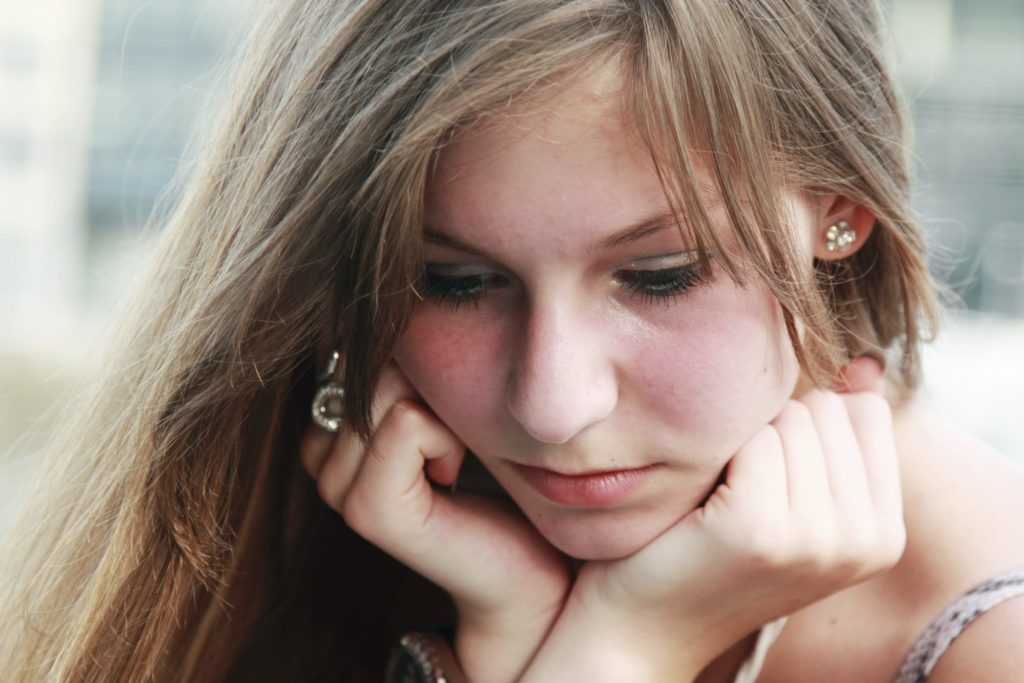Lee Thompson was known to many people as a Disney TV star on The Famous Jett Jackson. Later in life he co-starred on TNT’s Rizzoli & Isles. But his rising star had plummeted due to years of depression and he committed suicide in August 2013. Thompson’s autopsy found no illicit drugs in his body, but he had a history of bipolar disorder and depression which he treated with quetiapine fumarate and lithium. Friends of the actor were stunned by the suicide, as they didn’t notice a change in his behavior and he’d never attempted suicide previously. The actor ended his life with a Sig Sauer .40 caliber handgun he had registered in his name. Thompson’s bipolar disorder meant he was at high risk for suicide — up to 50 percent of those diagnosed will attempt suicide at some point in their lives, which is why diagnosing the issue early and seeking out immediate treatment is imperative. What’s different about Thompson’s case is that nobody saw any of the classic signs that bipolar individuals display. Most exhibit feelings of euphoria with an overabundance of energy, with very high highs and very low lows. They will be extremely active and restless with problems concentrating, their thoughts racing with a multitude of ideas flooding their brain all at once. Bipolar individuals will also get irritable and aggressive, showing poor judgment along with confusion. They have trouble sleeping and might exhibit an overactive sex drive. They’ll deny that anything is wrong while self-medicating with booze, drugs and sleeping pills as they struggle to find restful sleep. When in a depressed state, the bipolar individual will feel deep sadness. They will sleep very little or all day, not nourish themselves, feel hopeless and helpless and withdraw from family and friends. Bipolar I disorder is considered the “classic” type of the disorder, as the afflicted will experience the mania with at least one episode of depression. The less common type is bipolar II, which involves hypomania with little sign of depression. The biggest difference between mania and hypomania is the level of severity. Some people who are bipolar will also have psychotic episodes that include delusions, either grandiose with exaggerated sense of self, or persecutory delusions where they believe something or someone is after them. Sometimes it’s a drug interaction that can cause bipolar symptoms to flare up. But drugs are also the way out in most cases. Lithium, for example, has been effective in stabilizing mood. The problem is that the diagnosis is long term, which means therapy and drugs must be a constant in the person’s life. Given the propensity to try suicide, these treatments are also vital to the person’s life.






